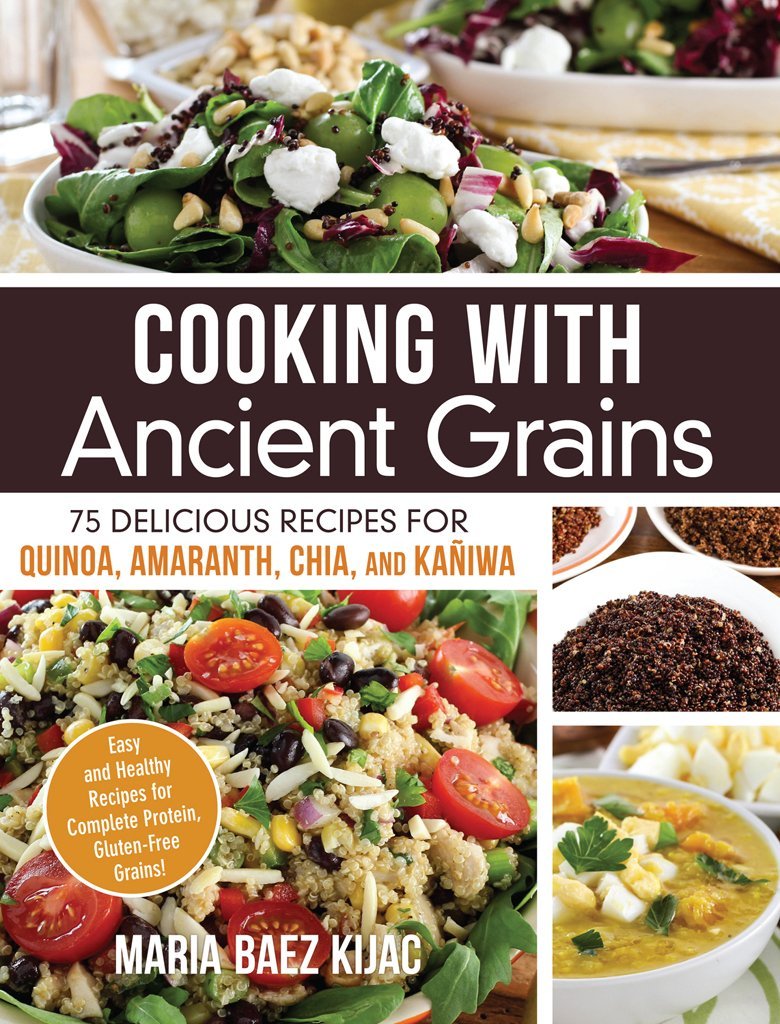
Cooking with Ancient Grains
Maria Kijac Kelly Jaggers
Adams Media
September 18, 2014
$19.99/Trade Paperback
ISBN-13: 978-1440579561
Maria Kijac Kelly Jaggers
Adams Media
September 18, 2014
$19.99/Trade Paperback
ISBN-13: 978-1440579561
Maria Baez Kijac is a food writer, historian, and the author of The South American Table, which was named best Latin American cookbook by the Gourmand World Cookbook Awards and one of the 100 best cookbooks published in the last 25 years by Cooking Light. Kijac was the kitchen director for the PBS TV series America’s Family Kitchen, as well as a culinary teacher at Kendall College. Kijac has also served as a Judge for the Slow Foods Awards for the Defense of Biodiversity. She is a graduate of Northwestern University and the Dumas Pére School of French Cooking.
Rich in fiber and antioxidants, ancient grains like quinoa, chia, amaranth, and kañiwa are known for their nutritional value. In COOKING WITH ANCIENT GRAINS, readers will discover just how wholesome and tasty these grains are with 75 recipes by award-winning author Maria Baez Kijac. From breakfast and dinner to snacks and desserts, each delicious dish not only provides them with the nutrients and proteins they need, but will also keep them feeling full throughout the day. Best of all, cooks will never be trapped in the kitchen with dozens of easy-to-make recipes like:
• Quinoa and Amaranth Porridge with Dried Fruit
• Lebanese Lentil And Spinach Soup With Quinoa
• Kañiwa and Quinoa Salad with Grilled Veggies
• Amaranth, Red Lentil, and Chia Seed Patties
• Kañiwa With Roasted Tomatoes, Kale, and Tofu
• Coconut Chia Seed Pudding
Complete with step-by-step instructions and beautiful 4-color photographs, COOKING WITH ANCIENT GRAINS will help readers harness all of the goodness—in taste and health—that quinoa, amaranth, chia, and kañiwa have to offer.